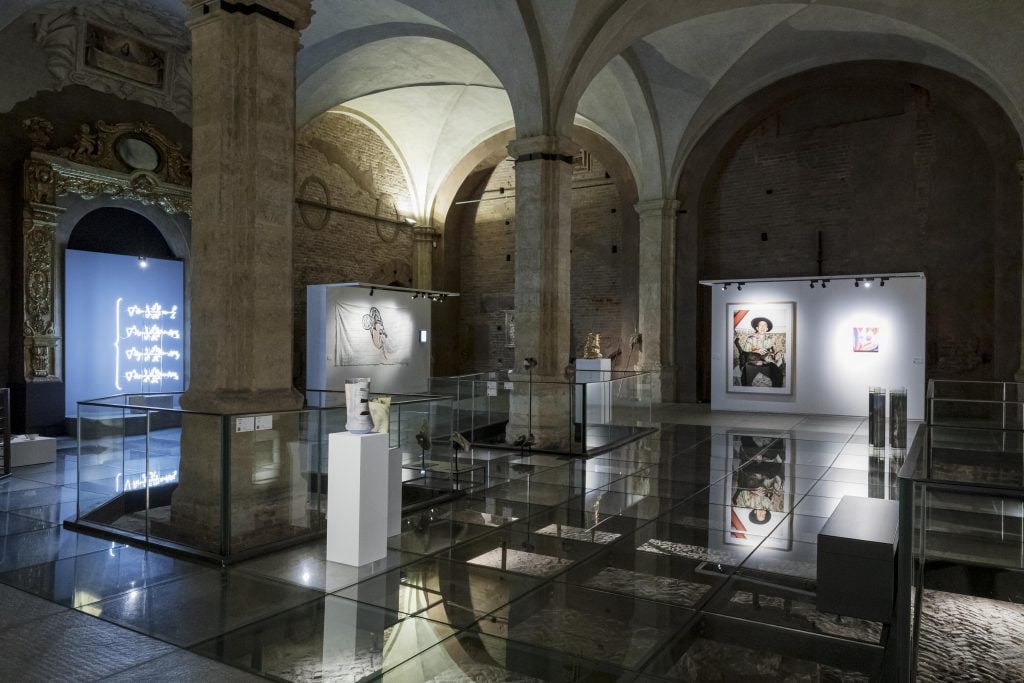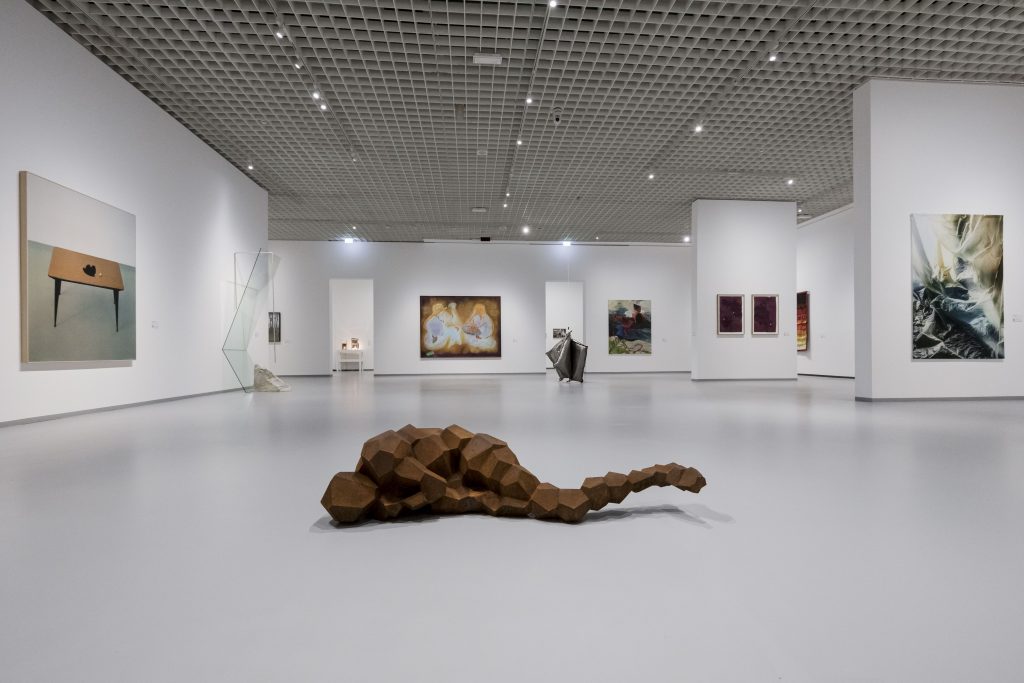Art Fairs
How the Director of Italy’s Top Art Fair Is Reimagining the Event—Yet Again—as the Country Goes Into Another Lockdown
A scaled-back version of the fair was slated to open across three Turin museums this week.

A scaled-back version of the fair was slated to open across three Turin museums this week.

Naomi Rea

If you’re planning an art fair in 2020, you have to be nimble.
Since the first wave of the pandemic in the spring, when Italy was the epicenter, the director of Turin’s Artissima fair, Ilaria Bonacossa, has cancelled, uncancelled, and reinvented the fair multiple times.
“I have never worked so hard on a fair,” Bonacossa tells Artnet News. “At this point I must have planned six different fairs trying to keep up with the changing rules.”
Her latest plan was to open a scaled-back, in-person version of the fair, dubbed Artissima Unplugged, this week across three of Turin’s museums: Galleria Civica d’Arte Moderna e Contemporanea, Palazzo Madama, and the Museo d’Arte Orientale.
The fair, which is owned by the Foundation of Turin Museums, funds museum programs in the city. (It usually takes place at the Oval Lingotto, a massive arena originally built for the 2006 Winter Olympic Games.)
But by Monday morning, in a sign of how quickly the situation is shifting, news leaked that Italian officials were planning to close museums once again.
That call is now official following an announcement by Italian Prime Minister Giuseppe Conte that the country is tightening restrictions, which includes closing museums from November 5 through December 3.
In other parts of Europe, upcoming art fairs including Art Cologne and two new fairs in Belgium, Art Antwerp and the Warehouse Art Fair, were forced to postpone or cancel, as Germany and Belgium stepped up their own responses to the virus.
Bonacossa was prepared for this possibility, and has already shifted gears, pushing Artissima’s in-person opening back to December 3. She is now looking to extend the show’s run beyond the originally planned close date of January 9.

Artissima 2020. “Stasi Frenetica” Palazzo Madama – Museo Civico d’Arte Antica, Torino. Photo: Perottino – Piva / Artissima.
Maurizio Cibrario, president of the Foundation of Turin Museums, tells Artnet News that the offer to host the fair in museums this year was a way to support the event, but that it also helps cultural institutions.
“Artissima has had a successful history of attracting large crowds and private benefactors, both of which are strategic and necessary assets for a museum’s survival,” he says. “We are constantly working on broadening our public and the fair has a strong appeal on younger generations, both locally and abroad.”
Holding the event in museums will have an added advantage, Bonacossa says, because cultural institutions are especially well prepared to deal with public health requirements, which involve specific ticketing, distancing, and crowd-control policies.
But the closure of the museums comes as yet another blow to the art industry, which has yet to receive a significant bail out from the Italian government.
“People are really upset that the cultural world is not being supported,” Bonacossa says. “It is a really fragile sector, with many workers not employed full time, and who are under economic pressure with no support, so it is a very serious situation for cultural workers in Italy at the moment.”

Artissima 2020. “Stasi Frenetica” GAM Galleria Civica d’Arte Moderna e Contemporanea, Torino. Photo: Perottino – Piva / Artissima.
While the museums are closed, all works from the fair will be on view online, where galleries can upload images and information for up to 20 works.
More than 100 galleries are taking part in the event, including Italian galleries Continua and Primo Marella, as well as new entries Lambda Lambda Lambda and Kogo.
Meanwhile, “Artissima XYZ,” the fair’s digital platform for its three curated sections, is going ahead as planned from November 3 through December 9. Videos and podcasts featuring dealers, curators, and artists will be available to browse on the site, which Bonacossa describes as “more like an interactive contemporary art magazine than a fair section.”